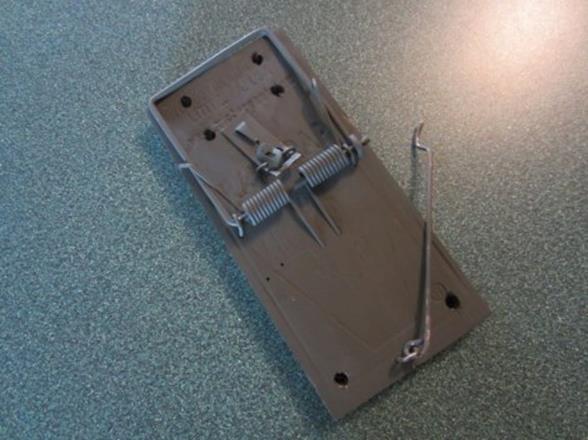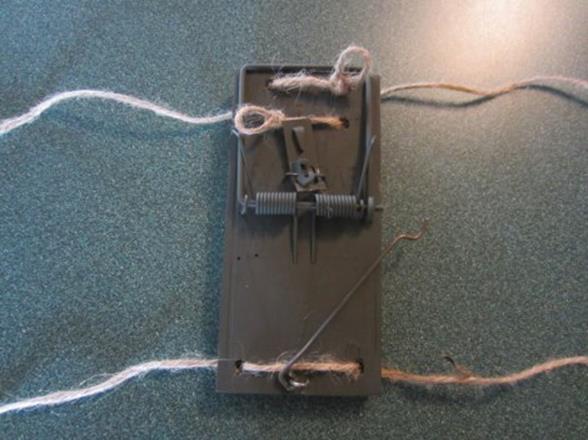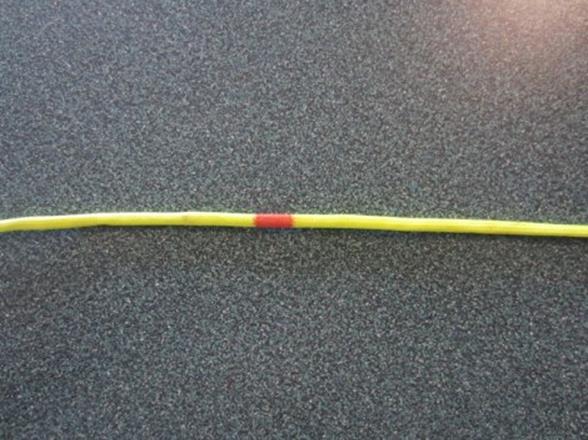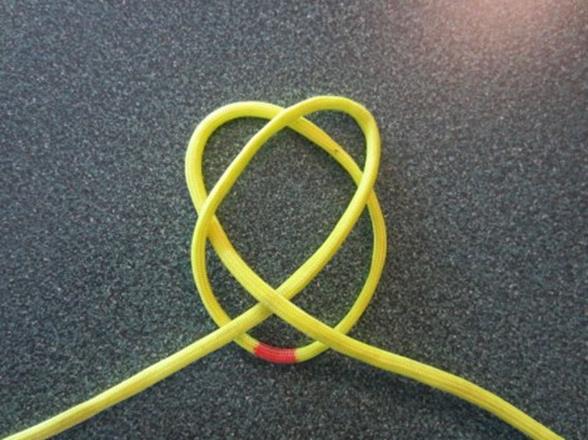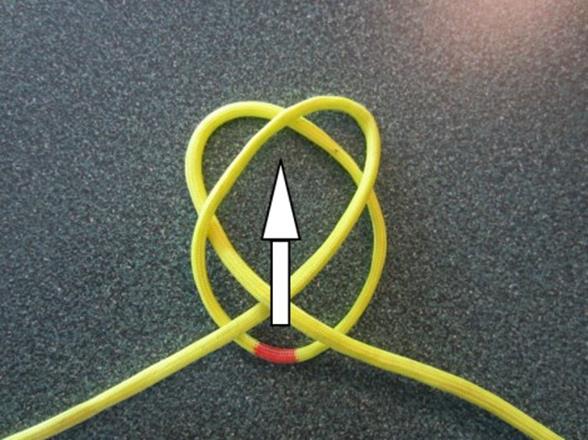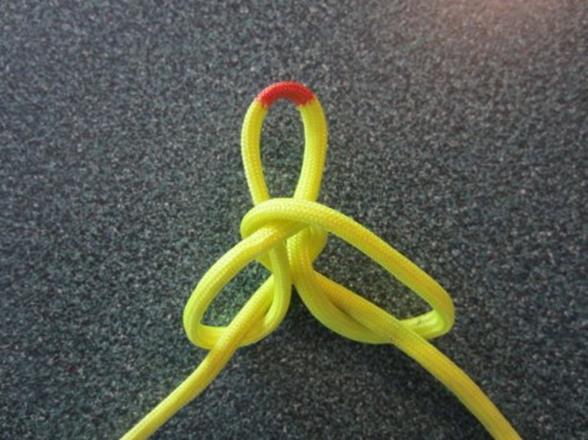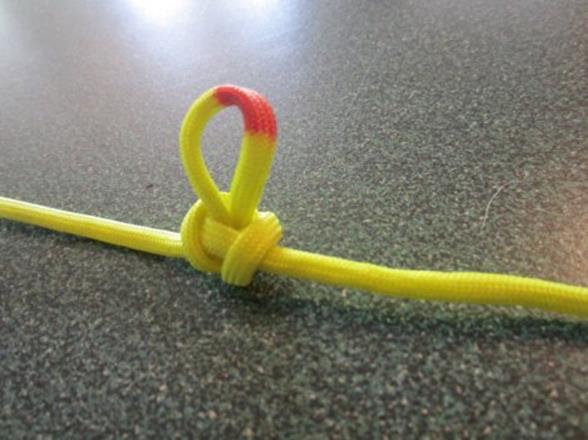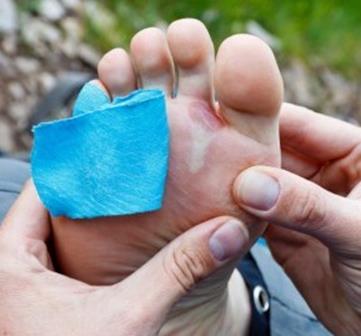Notes from the field: Athens, Greece by Simon Black
July 11, 2013
Athens, Greece
My friend Illias took a drag of his cigarette as he contemplated my question.
“Our government tells us that this will be a better year. No one really believes them. But all we can do is be optimistic. Too many people are committing suicide.”
His statement probably best sums up the situation in Greece right now. It’s as if the hopelessness has gone stale, and the only thing they have to replace it with is desperate, misguided, faux-optimism. And anger.
There are roughly 11 million people in this country. 3.4 million of them are employed, of which roughly one third work for the government.
1.34 million people are ‘officially’ unemployed. To put this in context, it would be as if there were 36 million officially unemployed in the US.
More startling, if you add the number of ‘inactive’ workers (i.e. those who gave up looking), the total number of unemployed is roughly 57% of the entire Greek work force.
And as you probably know, the situation for young people is even worse. Only 1 in 3 people aged 25 and under has a job.
This phenomenon, sustained for several years now, has cut deeply into the psyche of an entire generation that is growing up without productive work experience or the prospect of improving their lives.
The middle class here has been completely gutted. Aside from a few pockets of wealth, the country is either unemployed or working poor, hamstrung by debilitating debt.
The ugly consequence of all of this is that people have been driven to desperation. The suicide rate here has skyrocketed, crime is noticeably higher, and prostitution is rampant.
The government is limping along based solely on handouts from the rest of Europe, adding to the country’s already untenable debt burden. Given the rate at which they keep increasing the debt, they’ll still be paying it off ten generations from now.
They’ve taken some baby steps to attract foreign investment– most notably by offering residency to foreigners who purchase Greek real estate in excess of 250,000 euros.
(Side note: Be cautious. When valued against both rental prices and income, Greek real estate is still overpriced. The housing markets in Portugal and Ireland have far more compelling fundamentals, and both have similar residency programs.)
But such initiatives won’t move the needle much. And the Greek government has no real options other than to continue defaulting on its debts or to leave the eurozone and inflate its own currency.
Given what I’m seeing on the ground here, it’s clear that the situation is more explosive than it has been for years.
And it comes at a time when fears of a ‘Grexit’ have subsided. (Do you notice how few people ever talk about this anymore?)
This strategy of living hand to mouth until the next bailout comes has failed. They’ve tried it for three years. Yet the labor market continues to deteriorate, and the debts continue to pile up.
As a result, life for the average Greek has gone from bad to worse.
People are angry. Not the ‘I’m going to vote you out of office’ anger from 2010-2012. I’m talking ‘I’m gonna go postal ‘cuz I have nothing to lose’ anger.
Imagine millions of people that angry, and you can understand that this country is close to reaching the activation energy necessary to make a revolutionary change.
In fact, from the terrace of my hotel I can see yet another protest beginning to form on the streets below. I’m going to sign off for now and go check it out.
Take a look for yourself here:
Via: sovereignman
 Follow
Follow